History/driving impressions originally published in AutoWeek June 17, 1985
If ever there was an automobile company with a death wish, it was Triumph. Seldom has a manufacturer so eagerly snatched defeat from the jaws of victory, run headlong into blunders, or persevered in an incorrect course and survived to fumble yet again. But this is not our story.
Our story begins in 1944. Sir John Black – who might as well be known as The Black Knight for all his strong-willed and mean-tempered way with employees – bought what was left of the Triumph Motor Co. Ltd., which at the time wasn’t much. Before the war the company had gone broke and been purchased by Thomas W. Ward, who subsequently sold off much of the company and saw the rest – all of it – turned into rubble by the blitzkrieg. Ward had not really been all that interested in making cars, but rather a profit from what he could peddle off. So when Sir John offered somewhere between 10,000 and 20,000 pounds sterling for what remained of Triumph – such that it was – Ward took the money and ran. Black sold the remains of the factory for what he had paid for the company and wound up with, essentially, the rights to the Triumph name.
Which was what Black was after in the first place. He had been the head of Standard Motor Co. since 1934, and despite this supplying motors to SS (later Jaguar), Standard had little of a sporting image. Triumph, on the other hand, did. The Southern Cross, the Gloria, and the Dolomite were attractive and had competition success as well, even if they didn’t make money.
With the Triumph works gone, however, any Triumph to emerge would be new, and even before the war was over, Black’s plans were well underway. Though the sale of Triumph wasn’t consummated until December 31, 1945, Black had a new chassis and body drawn in 1944.
The chassis was to serve both a sedan and a roadster, in its design was assigned to Standard employee Ray Turner. Standard had prewar Triumph stylist Walter Belgrove on board, but he had assignments elsewhere, so Black turned to one Frank Callaby for the design of the sportster. It was Callaby’s pen that sketched the drawings that Black approved, and it must be assumed that the dictatorial Sir John really liked what he saw. In fact, the first roadster produced was to be for his own personal use.
Though Callaby was responsible for the overall shape of the car, the detail work aft of the B-pillar was given to one Arthur Ballard. What they came up with might well be the source of the old saw that says if you give an Englishman a sheet of aluminum he’ll do something foolish with it. Their creation was a high-waisted tart with an inflated bustle and puffy, semi-detached front fenders separated by an inset, almost vertical, grille. From the front it looked like a chrome-toothed beaver preparing to blow out birthday candles. From any angle it had more polyunsaturated cute than an Osmond family reunion.
Of course, Callaby and Ballard hadn’t been given much to work with. Standard’s engineering director, Ted Grinham (might as well spread the blame), instructed that the front track was to be narrower than the rear. There was no precedent for this, but the theory was that a wide rear track would allow more passenger room, while the narrow front track required less structure between the front wheels and kept the frontal area down.
There’s no excuse for that deeply recessed grille, however, which, in truth, was a styling ploy by designers trapped by old habits. The classic, low-slung roadsters of the 20s and 30s all had the radiators behind the front axle line. That was for the room needed for a solid front axle and its attendant pieces. But the new Triumph had independent front suspension, making the set-back radiator at worst an affectation, and at best a slavish following of past practice.
A deliberate repeat of earlier practice was the dickey seat (rumble seat to us), a Triumph tradition. A peculiarity of the new car, however, was the use of the forward half of the trunk lid as a second windscreen. The other half of the lid was not used as a seatback, as per common American practice, but rather there were two jump seats, each about as comfortable as a dunce stool. The passengers, if they dared, could squeeze their feet into footwells just ahead of the rear axles.
The body was aluminum, not for the sake of saving weight, but because Standard had sheet aluminum in stock and had the experience and tools for working it – thanks to wartime airframe manufacture – and because sheet steel was in short supply and licensed by the government. The chassis was made of tubular steel – again, not for engineering reasons, but because tubular steel was off license.
The engine selected was what was available, a 1776cc OHV Standard four-cylinder producing 65 HP. This was matched to a four-speed with what was sure to be the rave of the future: A column shifter.
This was the Triumph 1800 roadster, released in March 1946 and made until the fall of 1948, during which time 2,500 were made. It probably made money for Sir John and got the company back into peacetime production, but it was virtually hand built and had few parts common with other models, so a replacement was inevitable.
The successor would be built on the slightly lengthened frame of the Vanguard, Standard’s imitation Plymouth sedan, and would use the Vanguard’s bigger, 2088cc engine. It would mean a gain of only three horsepower, but it was much torquier if also heavier. The new transmission was reduced to three forward speeds (still column shift), but that was good enough for Black, who thought the fewer gears the better.
But then, after designing what was virtually a brand-new car, Black lifted the body of the 1800 almost intact and dropped it on the new chassis like a guilty verdict on an innocent man. It was putting new wine into an old pig’s bladder. That was the Triumph Roadster 2000.
To Black’s sure discomfort, at the Earl’s Court show in October 1948, the very same event at which the new roadster was released, arch-rival William Lyons loosed the Jaguar XK120 upon an unsuspecting world. Talk about bad timing. Surprisingly, the 2000 sold at a faster rate than the 1800, but not enough for Black to keep the little chipmunk around. The export record – by which steel licenses lived or died – was especially damning: Only 184 left Jolly Ol’. The ax fell before 1949 was out.
One of the 2,000 or so 2000s wound up at Automarque in Alexandria, Virginia, where we recently had the opportunity to sample it. Now, if you think it looks strange in the photos, you should see it in real life. No matter if the funny little top is up or down, no matter if the rumble seat is open or closed, the car just looks odd. Then there’s driving it. Both the regular passenger compartment and the rumble seat are high-sided and claustrophobic, and neither is easy to get in. The suicide doors are narrow enough, but entering the rumble seat requires the best moves of a Mary Lou Retton.
Don’t let the fact that the Vanguard engine was eventually used in the TR-3 fool you into thinking you could make a real car out of the 2000 by hot-rodding the motor. It takes a long 28 seconds for the Triumph to tootle its way from zero to 60, and given enough room it will reach 77 mph, but it deserves no more.
Cornering? Well, the lack of lateral support from the Triumph’s bench seat (used so Triumph could advertise three-abreast seating) is no liability. The Roadster 2000 discourages such antics by its nautical response to steering inputs. The best way to drive the 2000 is with a knowing look of superiority. The commoners don’t seem to point as much.
As you know, Triumph survived the Roadster 2000. Sir John Black lucky enough to stumble upon the TR-2/TR-3 to stay the firm through other debacles. The Roadster 2000 was forgotten with a vengeance. And probably on Sir John’s orders.
A best-in-the-world Triumph 2000, according to Haggerty, would have a value of just over $20,000. In the same condition, a 1950 Jaguar XK120 is worth more than ten times that.
Looking for another, um, uniquely styled British roadster? Check out the Daimler SP250. At least it had a V-8.









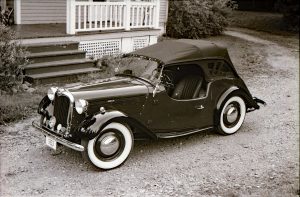
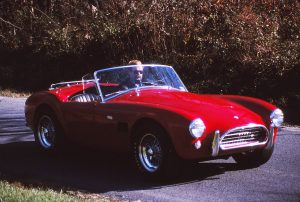
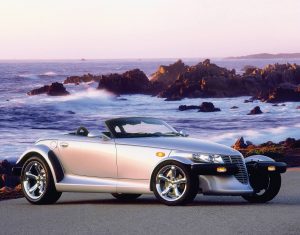
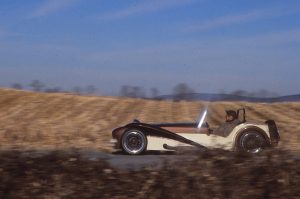
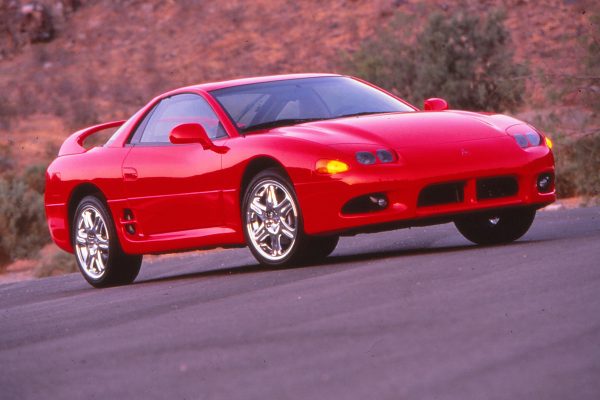
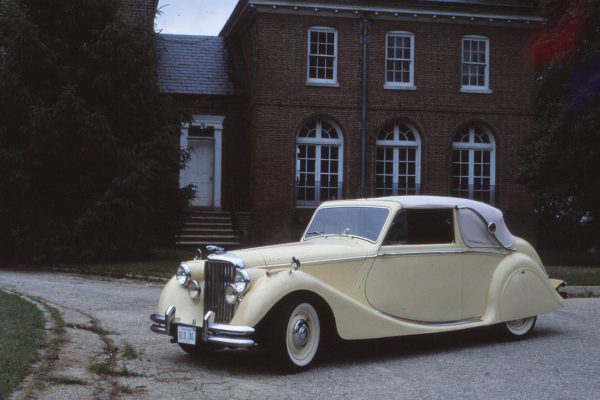
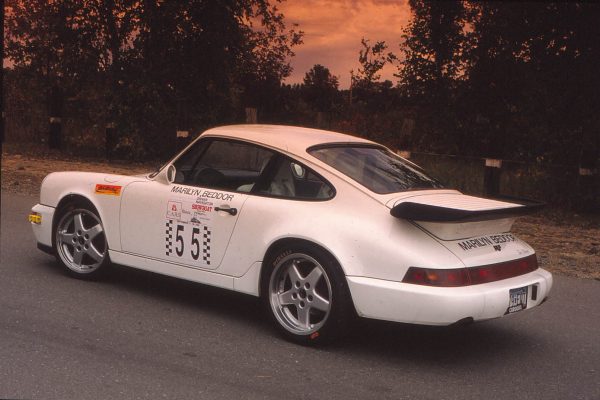
What Do You Think?
You must be logged in to post a comment.